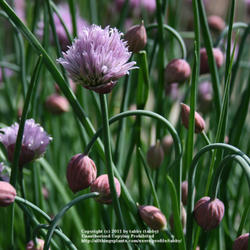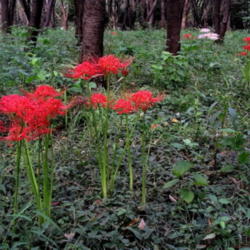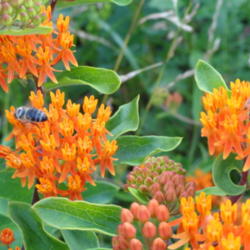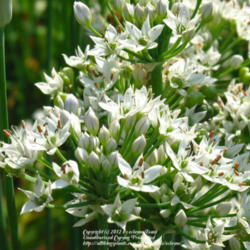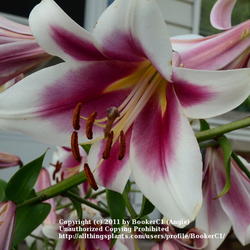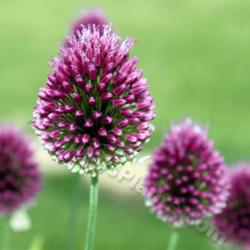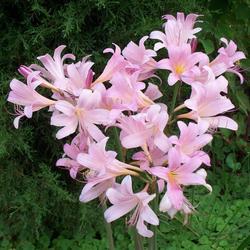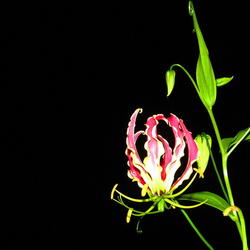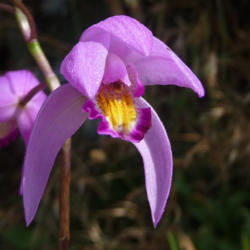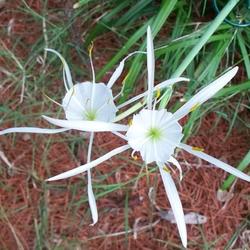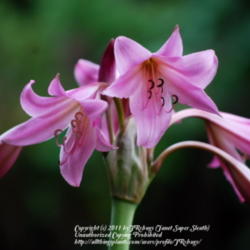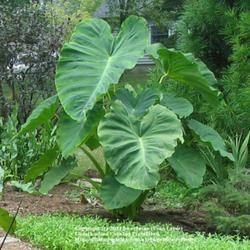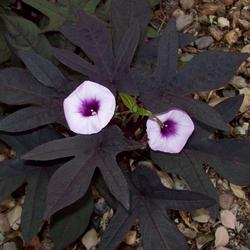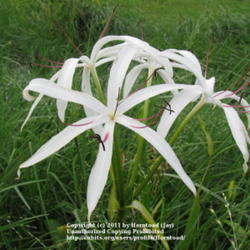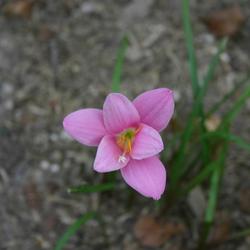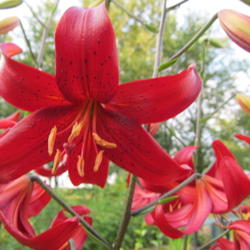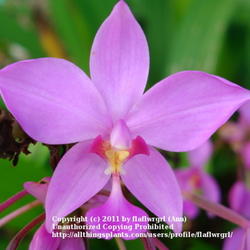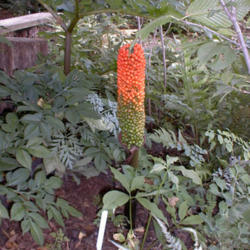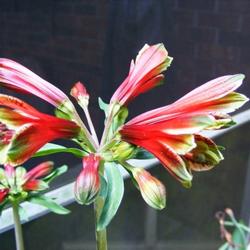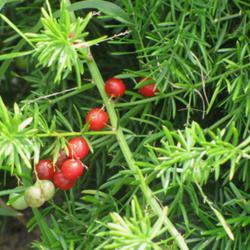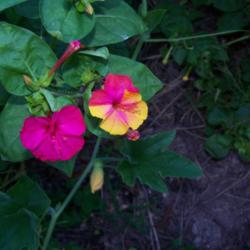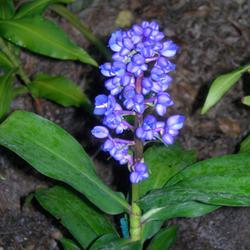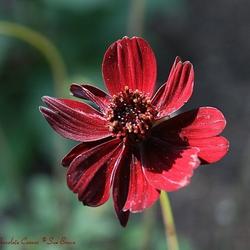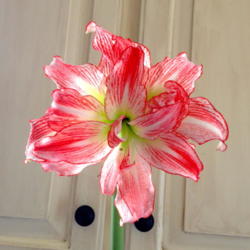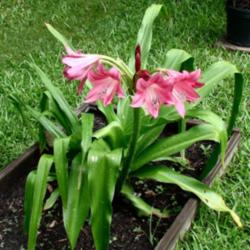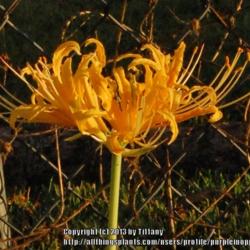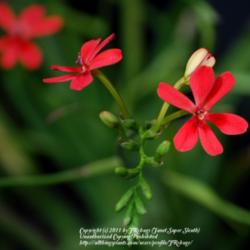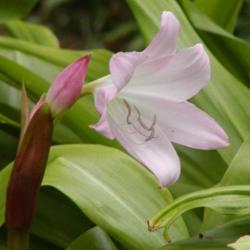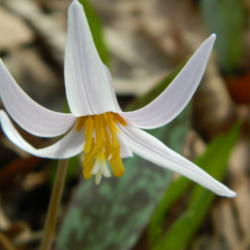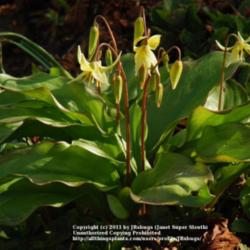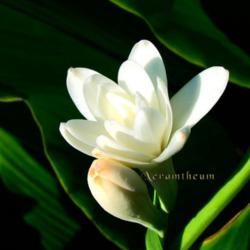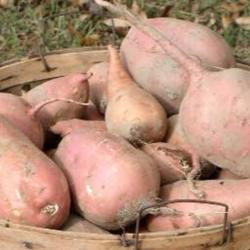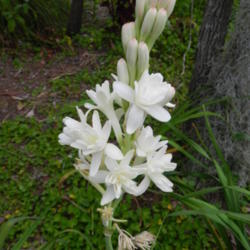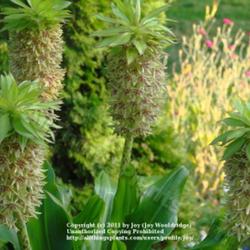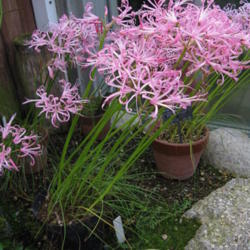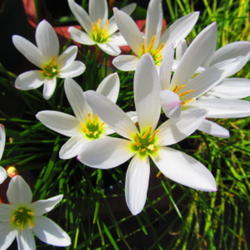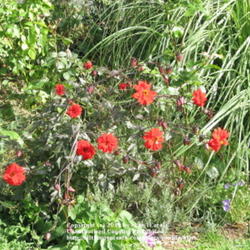#45: Tuberose (Polianthes tuberosa)
@Ispahan says, "While this plant is indeed commonly cultivated in México, it is never called "azahar" (which is the word used for citrus blossoms, especially orange blossoms), but rather "nardo" or "azucena" (azucena being the generic term for any white, lily-like flower). The tuberose was already entirely domesticated by the indigenous civilizations of Mexico at the time of the Spanish conquest, and forms of Polianthes tuberosa growing in the wild have never been discovered or seen.
There is a lot of misinformation circulating about this plant, so be wary of your sources. Basically, it needs warmth, sunshine, well-drained soil, even moisture (don't overwater but don't let it get bone dry either!), and at least a month and a half of good growing AFTER it is done flowering if you want the tubers to produce flowers the next growing season. That is where most northern growers fail with them, since they tend to bloom rather late in the season anyway. In any case and no matter what the climate, they are enchanting when grown in LARGE pots (perhaps three roots to a 10" or 12" pot) that provide ample room for the vigorous root systems and allow for sufficient expansion of the tubers. Since plants grown in pots tend to be warmer than those grown in the ground, they often bloom a few weeks earlier as well. When grown correctly, the tubers multiply at an astonishingly fast rate and you will have an ample supply to provide blooms from year to year. Oh!, and they must be divided AT LEAST every three or four years, otherwise the blooms will fizzle out.
I prefer the single "Mexican" tuberoses over the double ones called "The Pearl." The doubles can't hold a candle to the singles for elegance, intensity of fragrance or ease of cultivation (in my experience, the doubles tend to be a bit fussy)."
